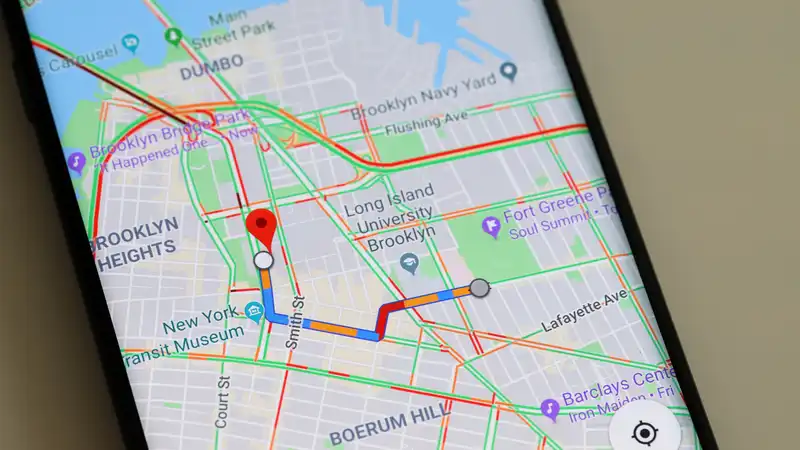One of the biggest problems with using navigation software, including Google Maps, in automobiles is tunnels, which are known to affect navigation accuracy. However, Google seems to have found a way to solve this problem, at least on the best Android phones.
There is no doubt that Google Maps is one of the best navigation apps on the market. The program is easy to use and works seamlessly with Android Auto; as reported by SmartDroid, Google hopes to improve this further by including a Bluetooth beacon to aid in tunnel navigation.
Tunnels have long been a problem for GPS-based navigation systems because the signal cannot penetrate the outer layers. With this system, as the user travels through the tunnel, the cell phone connects to the beacon, which in turn connects to the app to relay the exact location on the screen.
Beacons were originally introduced by another Google-owned company, Waze, to combat radio frequency problems. It is the same technology often used in shopping malls. Supposedly, Waze beacons have already been installed in cities such as New York, Chicago, Paris, Rio, Brussels, Oslo, Sydney, Boston, and Mexico City. With Google Maps taking advantage of this feature, the number of locations where they will be installed will likely increase further.
This feature, combined with recent 3D map upgrades, would allow for more accurate travel through cities. However, the largest tunnels are often located in rural areas, and it is currently unclear if Bluetooth will be added to such locations anytime soon. It is also unclear whether this feature will be included in the iPhone version of the app.
It is also good to see that Google is working to improve the system, as there are concerns that Google appears to be scaling back many of its driver-focused features. For example, it was recently reported that there was hidden code suggesting that the app's "driving mode" could be removed entirely in 2024. This is rumored to be to improve voice input while driving and reduce driver distraction while driving.
While this is not a massive addition, it is an important one and a great example of how cities are adapting to modern technology. Although Bluetooth markers are currently focused on automobiles, there are many more uses for this technology. For example, cities with dedicated underground transit systems could make great use of these markers. Only time will tell how far this technology will improve in the next few years and how Google Maps will adapt.










Comments